Rotary microwave heating furnace
Release time: 2022-08-18 16:02:54 Number of views: 1475
Equipment introduction:
NBD-WBM1700 series microwave high temperature furnace is a fine type of furnace body, electrical control in a cabinet microwave high temperature sintering equipment. The system uses 1700℃ insulation material, high temperature absorption material up to 1600℃ microwave sintering and high temperature microwave synthesis equipment, it has the characteristics of fast heating speed, high efficiency, good material consistency and so on.
It is suitable for experimental study of synthesis, ashing, expansion, heat treatment, roasting, calcination, sintering and other processes under air atmosphere. In addition to the advantages of high temperature microwave oven and sintering technology, such as "high, low, fast and low", the furnace also has a wide range of applications, easy operation and good equipment stability. The furnace is especially suitable for experimental research and development of new materials, which can achieve high quality and efficient firing of small batch products.
Configuration
| Technical features: | |||||
1. Inorganic powder synthesis Alumina, zirconia, magnesium oxide and other oxide composite materials. | ||||||
Model | NBD-WBM1700-14TIR | |||||
| work environment | 1) With AC 220V±10V, 50Hz stable power supply; 2) Clean water source; | |||||
| specimen rotating holder |
| |||||
| Sample table rotation rate | 5r/min | |||||
| Speed regulation mode | Touch speed control | |||||
Electrical Spec | AC220V/3KW | |||||
Tmax | 1600℃ | |||||
Thermocouple type | Infrared thermometer 300--1800℃ | |||||
Air intake specifications | Φ6.35 PTFE pipe with sleeve adapter | |||||
output power | 0.2 ~ 1.4kW continuously adjustable | |||||
Microwave output frequency | 2.45 GHz±25MHz | |||||
Microwave leakage rate | <2mW/cm² | |||||
type of cooling | Water cooling (water cooling in tank) | |||||
boundary dimension | 750*600*660(mm) | |||||
| Reaction cavity size | 150*70*110mm | |||||
Control system |
| NBD-101P embedded operating system; | ||||
Structure display |
| |||||
| ||||||
Cautions | 1. The microwave source equipment works under high voltage and has high requirements for the working environment, so it should be avoided in places with large humidity and dust. | |||||
Service | 1 year warranty with lifetime support (warranty does not cover consumable parts such as saggar and seals). | |||||
Disclaimer:
The product introduction content of this site (including product pictures, product descriptions, technical parameters, etc.) is for reference only. There may be some difference between the stated content and the actual situation due to the delay in updating. Please contact our customer service staff for confirmation. The information provided by this Site does not constitute any offer or acceptance. NOBODY will improve and modify any information on this site from time to time without prior notice.
Related products
推荐产品
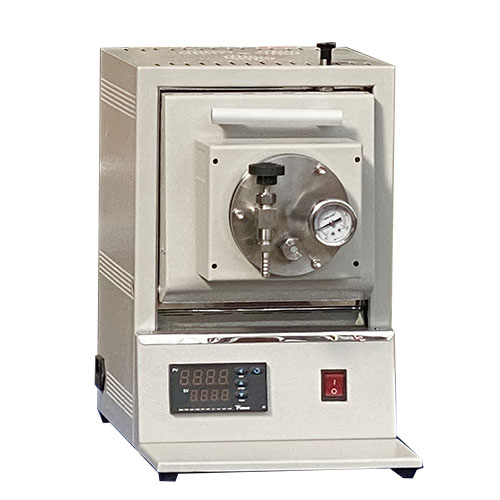
Mini vacuum atmosphere furnace (box tube furnace)
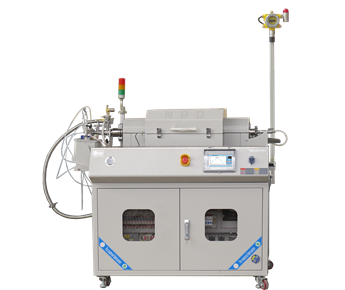
Liquid-gas CVD all-in-one machine
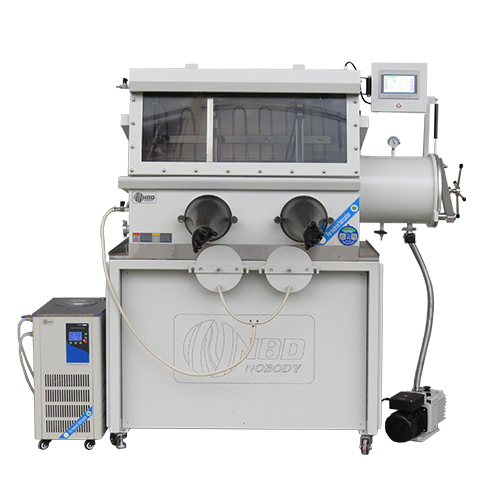
Anaerobic hot dip plating (quenching) system
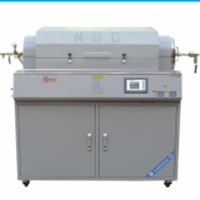
Industrial rotary pendulum sintering furnace
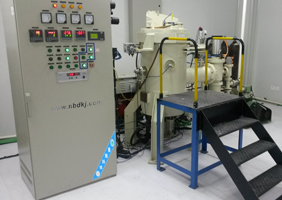
Ultra-high temp. heating furnace 2000℃

Industrial tubular furnace
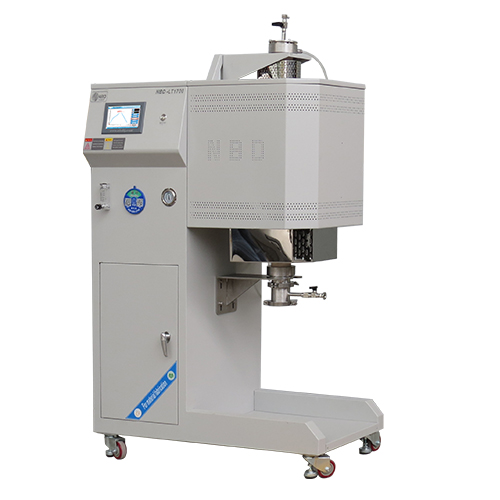
Vertical high-temperature tube furnace (Type I)
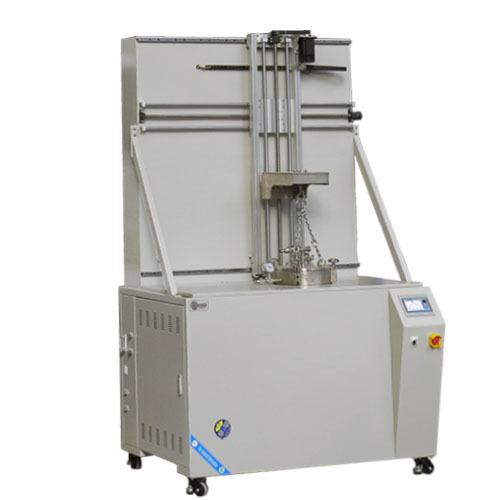
Pilot scale molten salt electroplating furnace
- {{item.cat}}
- {{item2.cat}}
- {{ isExpanded[index2] ? 'Retract' : 'More' }}
Phone: 400-000-3746
0371-6320 2805
After-sales service: 0371-6320 2805
MR. CAI: 181-0371-5723
Mr.Gao: 188-3829-0747
Ms.Huang: 188-3829-0748
Email : nbd@nbdkj.com
Address:8# zhuyuan, Xinhua subdistrict, Xinzheng, Zhengzhou, China






